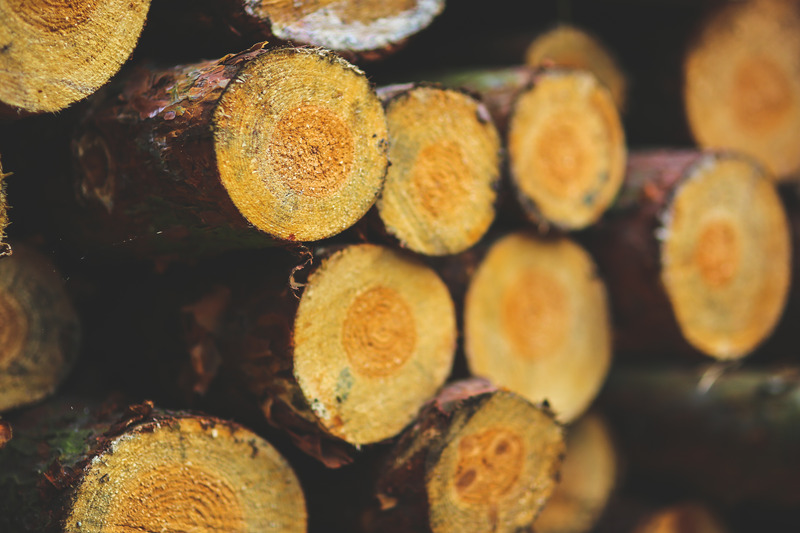In Stockton the climate change due to aforestation is very obvious. This article talks about Climate change in the forest, which is a topic about the forest in the Yosemite valley. This article is an excerpt from the book called “Forgotten Landscapes of California” by “Laura Cunningham”.
Fire scars within the tree-ring samples of sequoias illustrate how fire frequently fluctuated with climate change in the fast. From A.D.500 to 800, there were thirteen to twenty-nine fires per century in the sequoia groves. This increase, in A.D. 800 to 1300, to twenty-seven to forty-six fires per century. This latter period marked an extended drought punctuated by a very wet period. The extreme droughts that broke out in the mid-1200s lasted several decades, part of the Medieval Warm Period. A decrease in the fire occurred after this, in conjunction with the Little Ice Age, although restricted tree-ring growth indicates that several more extreme droughts took place in the 1500s. After about 1860s fires suddenly became far less frequent, as Native American burning decreased and American fire suppression policies took hold.
Pollen, leaf fossils, and charcoal from Woski Pond, in Yosemite Valley, show that from 1,550 to 650 years ago, the valley had a forest of ponderosa pine, Douglas fir, incense cedar, and some white fir. Lodgepole pine and mountain hemlock, which do not grow in the valley today, were also found. Meadows blanketed nearby areas. Charcoal indicates there were regular fires. Pollen indicates that at A.D. 1300, the start of the medieval warm period, there was a shift to a more open mix of ponderosa pine, incense cedar, and California black oak, with increased shrubs. A temporary jump in charcoal levels accompanies the pollen change, indicating that a large fire disturbance swept through the area, reducing the conifers. After the wetter climate took over during the Little Ice age, moisture-loving Douglas fir and incense cedar increased, and charcoal levels decreased.
Above the mixed conifer forests, one finds red fir and lodgepole pine. The repeat photographs of George Gruell show more gaps and clearings among the red firs and lodgepole pines in the late 1800 s than now. The boundary between the two forest types must have constantly and slowly shifted in a mosaic of patches, due to influence from fire and climate change. Moisture climate phases and low-intensity ground fires favored red firs, while drier times and the occasional hot crown fire favored lodgepoles, as high-intensity burns opened up new areas for the pines to colonize.

Geographer Thomas vale and writer Geraldine vale deduced from repeat photographs of the Yosemite high country that over the last century a huge invasion of lodgepole pines has taken place in open places like Tuolumne Meadows and Dana Meadows. Photo pairs also show that the lodgepole forest itself has increased in density. Gruell believes that fire is the single most important factor in the changes.
John Muir in 1894 described creeping ground fires burning for weeks in strips across the lodgepole forest, killing the thin-barked trees. Strong winds sometimes drove the flames into the crowns, “forming one continuous belt of a roaring fire that goes surging and racing onward above the bending woods, like the grass-fires of the prairie.” Fires in these subalpine forests were “stand-replacing,” that is, they killed the forest outright, unlike in the lower pine forest regime. Even though lodgepoles are fire-sensitive, the gaps in the forest allowed them to regenerate quickly by seeds, which sprouted within a year. Lodgepole stands were often a patchwork of different ages, each associated with a specific fire event.
I watched a lightning-caused fire to burn slowly through a red fir-lodgepole pine forest in Yosemite’s high country. The park staff let the fire burn while keeping crews nearby to monitor it. At a distance, I saw a small, white plume of smoke emerge from the dark forest. Upon closer inspection I saw only a low line of flickering orange tongues creeping along the fir-needle floor, crackling and popping as it hit a resin-filled cone or fallen twig, breathing out blue smoke among the trunks. The fire-blackened some lower bark but did not climb the trees-the forest looked well. I have seen many living red fir forests with blackened trunks and lush green carpets of newly grown bracken ferns under them, sprung up after a fire.
Keep Stockton green call us for Tree Transplanting and tree planting needs. we are a professional Tree Service company in Stockton, offering free estimates for your tree project.
Continue reading about “Landscaping Made Easy“
